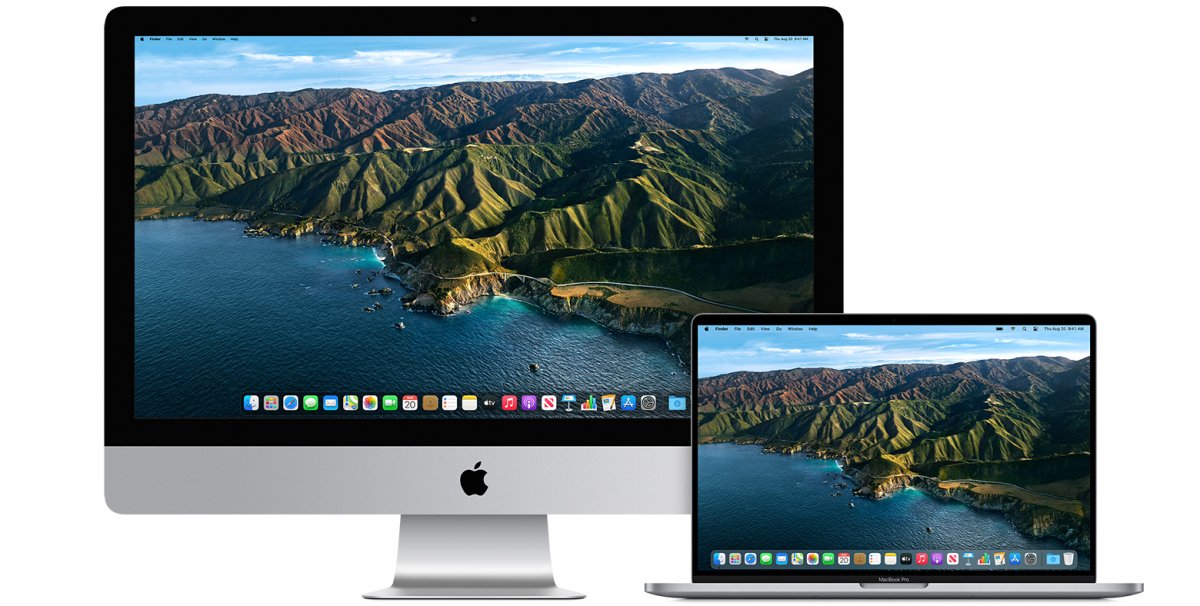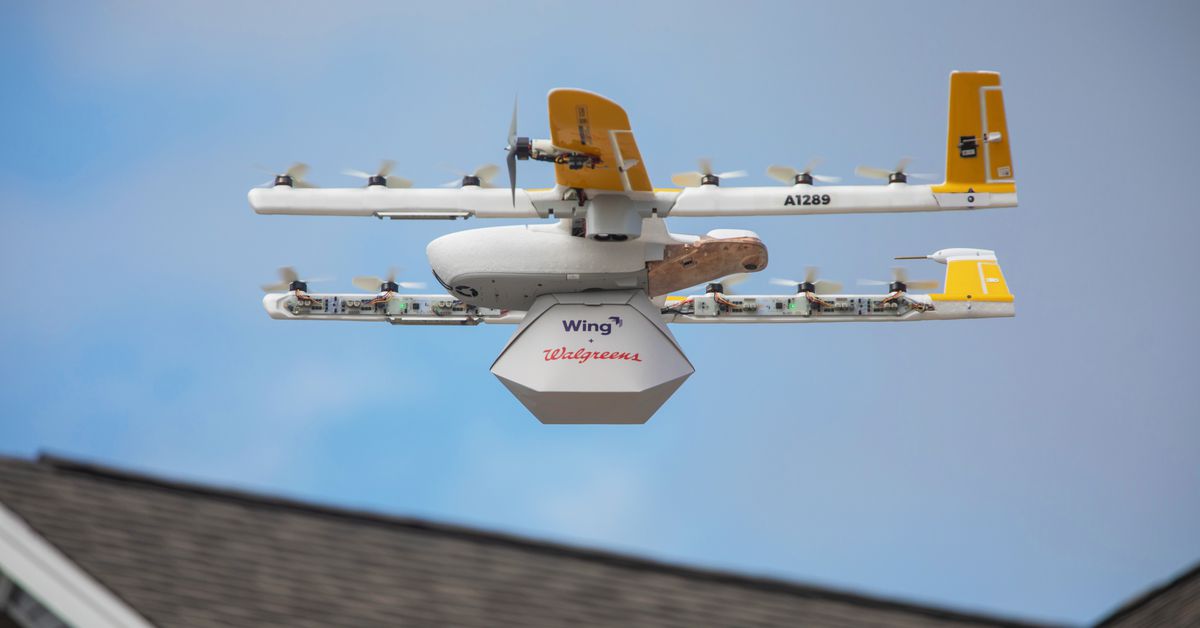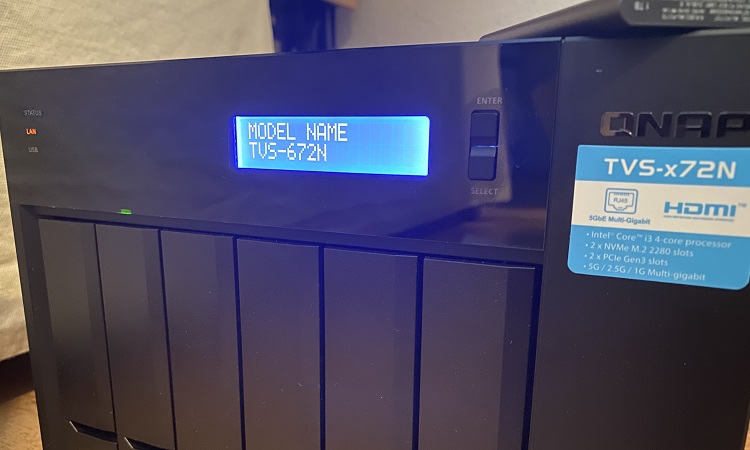RESUME The Qnap TVS – 672 N is a NAS aimed at the true audio enthusiast. With the enormous amount of storage capacity, lovers of films and series will not complain. Support for Roon, Linn Audio and the possibility for virtualization are big pluses. The scalability of the hardware ensures that you are ready for years to come. The Qnap TVS – 743 N is (almost) a must have for the digital audio enthusiast.
PLUS POINTS Hardware Scalability Future proof Storage capacity Roon Virtualization MINUSES Price can deter You still need to buy hard drives With the exponential growth of streaming services, we would almost forget that not too long ago we provided our own streaming or still do. The NAS is an extremely suitable system for this. NAS systems have gone through many developments and are now able to accomplish a lot more. We’re going to enter the Qnap TVS 672 N and at the same time wondering if owning a NAS is still interesting.
Qnap TVS 672 N: Large amount of local self-managed storage
Netflix, Disney +, Amazon, Videoland, Tidal, Spotify, Deezer and Qobuz. Just a quick selection from the enormous range of streaming services. But many audio enthusiasts have already built up a huge library of music. And many film lovers also have a collection with films and series. Of course, it would be weird to pay a streaming service money to watch movies or listen to music you already own. So why not start your own streaming service at home on your own computer network?
We have received a heavyweight from Qnap: the TVS – 672 N NAS server. NAS stands for Network Attached Storage, or in plain English, storage capacity on the network. Perhaps an overkill for one person, a solution for another. We are curious what the Qnap TVS – 743 N us in the streaming era can offer.
Qnap TVS 672 N: Scalable Hardware for User (s)
Technology has an expiration date . You know from a smartphone that a faster and better model will be on the market in a year. A NAS server should be more aging-free. The Qnap TVS – 672 N therefore has a lot of functionality on board, which you can scale. We have the test model with 4 GB DDR4 RAM (RAM stands for Random Access Memory, that is working memory, not storage memory). The processor on board is a desktop processor and supports up to 32 GB RAM. So if the initial amount of RAM is not enough, you can just expand.
This also applies to the storage capacity. It is also easy to expand. Our test model TVS 743 N has six hard drive bays. These can easily be put in at the front. In addition, the device also has 2x m.2 NVMe ssd storage slots (Gen 3 x2.2 GB / s). This makes SSD caching possible, which can increase the overall speed considerably. There is also a USB connection on the front for easy and fast file transfer and a display for reading information.
The party really starts at the back. The first thing that strikes us are the two expansion options with Pcie. It is therefore possible to expand with, for example, a (small) video card. Or the Qm2 card for an extra SSD, if necessary. We also see three ethernet connections type RJ 45. These have different speeds. 5G / 2.5G / 1G network ports make it possible to work with large files over the network. There is also 1x a USB 3.2 Gen 1 port, 2x a Type C USB 3.2 Gen 2 port and 2x Type A USB 3.2 Gen 2 port. Because the Qnap TVS – 743 N equipped with a desktop I3 8100 T 3.1 GHz processor, you have access to Intel graphics. At the back we also find an HDMI connection that supports 4K. To make it complete also a 3.5 millimeter audio input and output.
On the Qnap TVS – 672 N runs Qnap’s own software. The Qnap operating system runs from 5 GB flash memory and that is nice and fast.
This is really just the hardware that we can see on the outside just as quickly. This gives you as a user, but also as a small company, an enormous amount of functionality. And we haven’t even looked at the software yet. It does indicate that this NAS is focused on the future.
Qnap TVS 672 N: Roon Ready
Connecting and installing is almost as easy as connecting a Sonos Five or Bluesound to the network. Qnap has paid attention to this in the right way to make it as easy as possible for the user (s). We set a password and end up in the Qnap environment of the NAS server. The first thing to do is add storage. We set a raid volume. This ensures that we significantly reduce the risk of data loss. Preference is given to large discs in sets of two. The support for a large amount of storage is of course available. Drives up to 18 TB are supported should it be needed now or in the future. Multiply that by a factor of six and we can get rid of quite a bit of music and movies, even with raid volumes configured.
There’s actually little you can’t do with the Qnap TVS – 672 N can do. You can set up the Nas for the office or for entertainment. And the latter is exactly what has our attention. Qnap has its own piece of software for music and movies. That works fine and for the average music and video enthusiast this is more than enough. Butâ ?? ¦â ?? ¦ there is something that we as audio enthusiasts attach a lot of value to. Roon! One app to rule them all! Roon does not need any further introduction (If you do, read our article about the Roon Labs software). But if you still want to read more about it, read all about how Qnap how Roon works enabled on the NAS. It can be downloaded and installed as an app. There is a small catch. To get Roon working properly, Roon has a few requirements. For example, Roon would run best from a separate SSD of at least 300 GB and 4 GB RAM to keep it running smoothly. The SSD can be both internal and external. 6 TB of storage is also not an unnecessary luxury. So if you want to do a lot on the Qnap TVS – 672 N, you can always upgrade the amount of RAM. Consider, for example, a mail and / or Ldap server, together with Roon and also Plex. Because Roon, as we know, is a demanding piece of software. Still, it’s nice to know that the Qnap TVS – 672 N is prepared for it.
However, the possibilities don’t stop there. We choose to install Roon on an external Samsung T7 SSD. The Samsung T7 SSD uses USB 3.2 Gen 2 and can therefore use speeds of until 1000 Get Mb / s. Plex is slightly less demanding and can be installed without Diva behavior.
Qnap also offers the possibility to run virtual systems. For this Qnap uses the software Container station. This gives you the option to run a Linux virtual machine or use Docker. Why can that be useful (and we think mainly in audio and video)? Because it gives you the option to set up a virtual machine that is purely focused on audio. Suppose you don’t have Roon but Linn. Qnap also provides this. But if you prefer to work with a different system, you can set up a virtual machine that serves as an audio streamer or database. Many people love to interact with a Raspberry Pi and try things out. On the Qnap you just create a virtual â ???? Raspberry Piâ ???? and you start working with it. Maybe you have a security camera around your house and you want the images for a few more days can look back. So there are a lot of possibilities and functionality that the Qnap TVS – 672 N us can offer.
Qnap TVS 672 N: work in your own cloud Today you cannot open the newspaper or newspaper app or there is a message about a data breach. Another company that has lost data or data that has ended up on the street. Working in â ???? the Cloudâ ???? is of course great and also offers many outcomes, but â ???? The Cloudâ ???? In short, is still someone else’s computer. And the use of someone else’s computer is usually not unlimited, nor is it free. Why not just your own cloud? That is not a bad idea at all in this special period, in which we all work more and more in different places from a distance.
This actually happened organically for us. We had the Qnap TVS – 672 N fully equipped for entertainment. But slowly we started to use more functionality. We started working on the Qnap with text files and photos that we want to be able to share. More and more the Qnap started to become a digital partner in our daily use. With the Boxsafe app you can link the suite from Google or that of Microsoft Office 400.
But if there are more information is put on the Qnap, another aspect becomes important. Especially if the server can also be accessed from the internet. We are referring to information security. This is a subject to which complete books and training courses are devoted. Telling it in one paragraph how this should and works is simply not possible. Nevertheless, we would like to give a few tips. Make sure you have good passwords, but preferably a passphrase. Create separate users, other than Admin and do not give those users the admin rights. This separates the powers / rights. If you want to use third party software, make sure you can validate the origin of the software. It should preferably be a reliable source and maker. It’s safer to use Qnap’s app center itself, but in some cases it’s no different.
Qnap TVS 672 N: Final Verdict
The Qnap TVS – 672 N is a fairly heavyweight. With a price of 1. 599 euro is the Qnap TVS – 672 N not suitable for everyone. The price of one or more hard drives is in addition to that, but the user can start with one or two drives and expand later if necessary. But for the digital audio and video enthusiast, the Qnap TVS 672 N one solution and offers more than enough possibilities to provide storage. The Qnap is also highly scalable and you will always be able to upgrade in the coming years. Think of more RAM, an M.2 SSD or even a video card. And as an audio enthusiast, you don’t have to purchase a separate Roon server, you just install it on the Qnap. An Intel Nuc that functions as a server can easily cost around 365 a 599 euro (without storage or memory), but can expire when using a Qnap NAS.
Our initial question “Is it interesting to own a NAS?” we can answer with “yes”. Qnap also has smaller models and also more extensive models. Should the Qnap TVS – 743 If you are a heavy overkill or even fall short, then there is certainly a Qnap model that suits your personal needs.
Qnap TVS 672 N: c inclusion
The Qnap TVS – 672 N is a NAS aimed at the true audio enthusiast. With the enormous amount of storage capacity, lovers of films and series will not complain. Support for Roon, Linn Audio and the possibility for virtualization are big pluses. The scalability of the hardware ensures that you are ready for years to come. The Qnap TVS – 672 N is (almost) a must have for the digital audio enthusiast.
Hifi rating: five stars
Price 1. 599 euro














